Discover all our orthodontic treatments
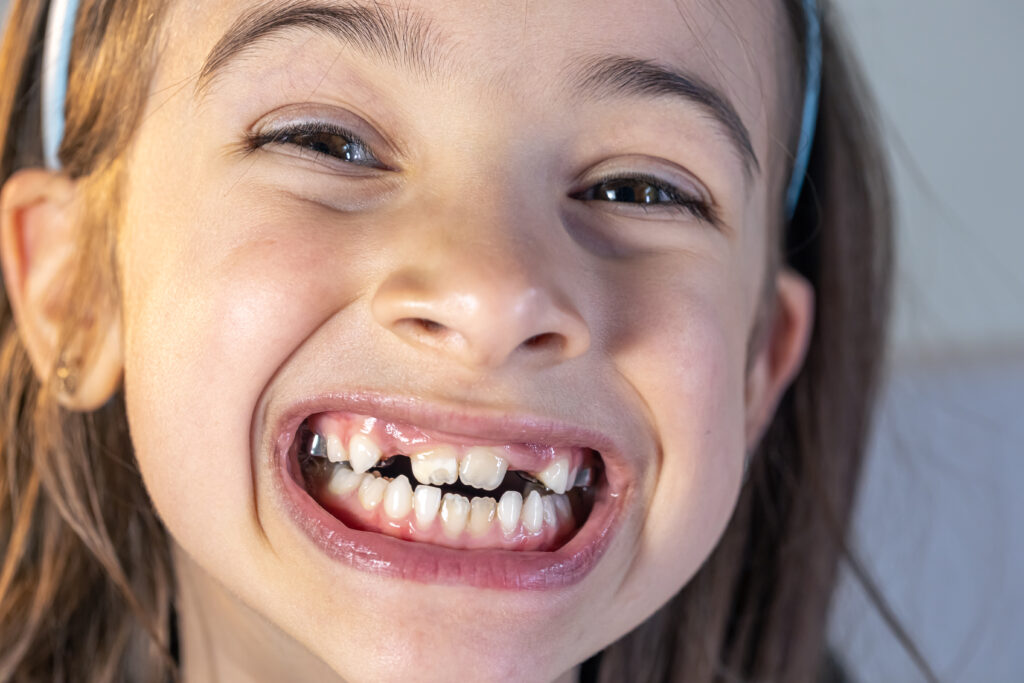
Children
Inerceptive Treatments
A first orthodontic consultation is recommended at the age of 7. At this stagem the orthodontist evaluates the dentition and occlusion (the contact between upper and lower teeth) as well as various oral functions, including breathing, tongue position, and the presence of parafunctional habits such as thumb sucking or nail biting.
Dysfunctions in these areas can lead to jaw growth issues, such as significant crowding or improper jaw positioning, as well as general health concerns, including disrupted sleep and snoring.
Why start early? Early intervention allows children to grow in an optimal way by eliminating harmful habits ad restoring proper breathing and chewing functions.
Early treatments in children are primarily preventive and interceptive – they aim to prevent future problems by preparing the jaws for the arrival of permanent teeth and addressing jaw misalignments while growth can still be favorably guided through dentofacial orthopedics.
How does the early treatment work? The appliances used (either removable or fixed) are designed specifically for children, making them simple to use and ensuring a gentle yet effective approach. Short treatment duration: typically 6 to 12 months.
Early treatment can significantly reduce the length and complexity of future orthodontic treatment during adolescence. In some cases, it may even prevent the need for further treatment altogether.
Once interceptive treatment is completed, the child enters a monitoring phase. An annual check-up will be performed to track growth and the eruption of permanent teeth.
When all permanent teeth have come in, a new assessment will determine whether a second phase of treatment is necessary.
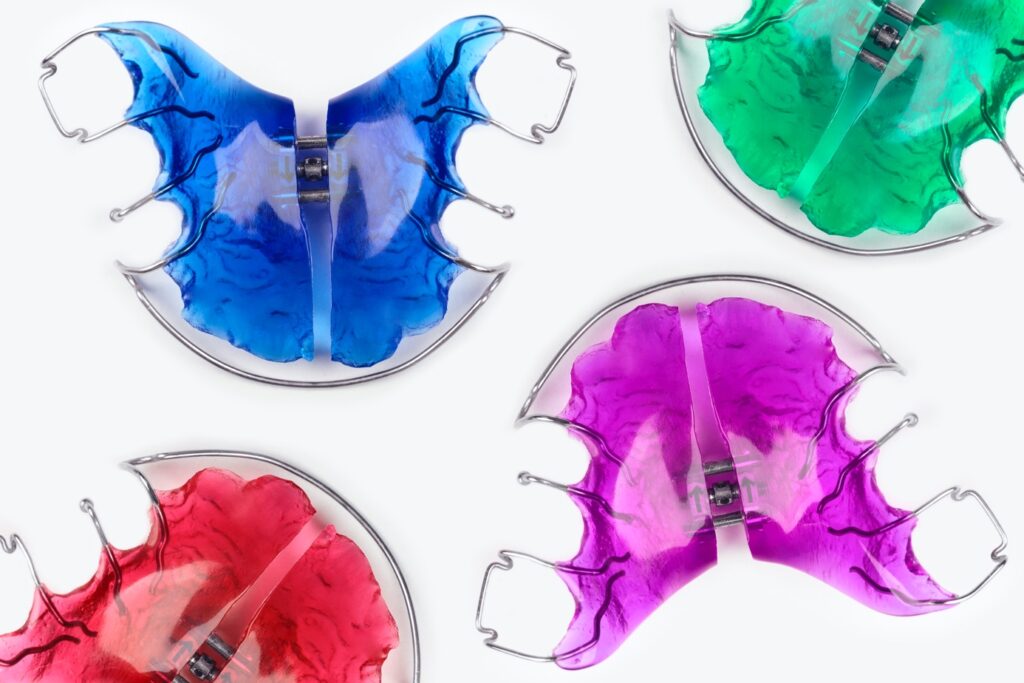
T0 of Inerceptive Treatment
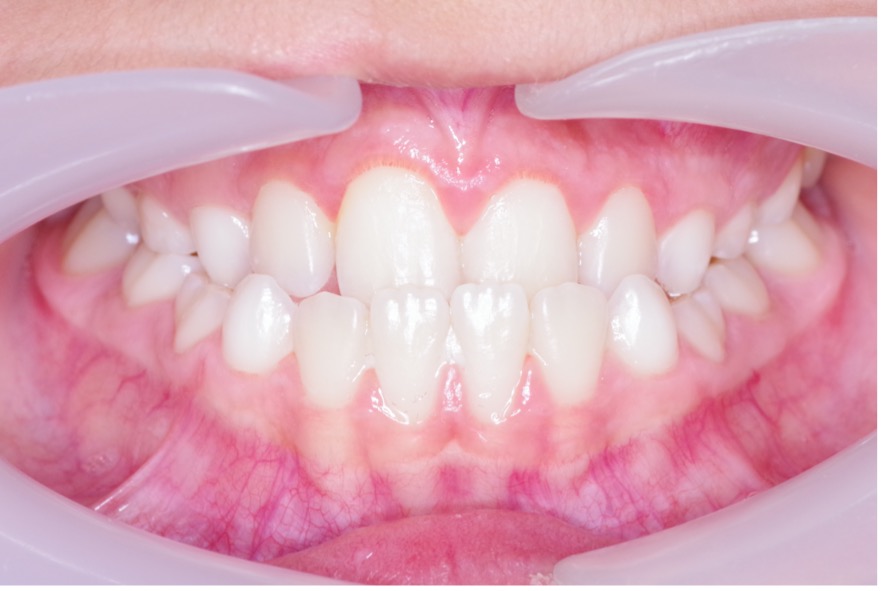
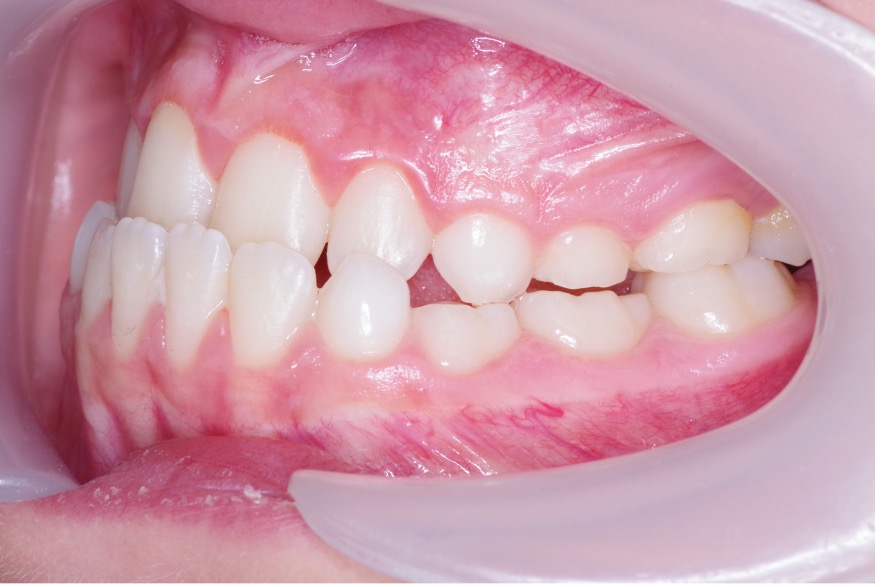
T+1 year of Inerceptive Treatment
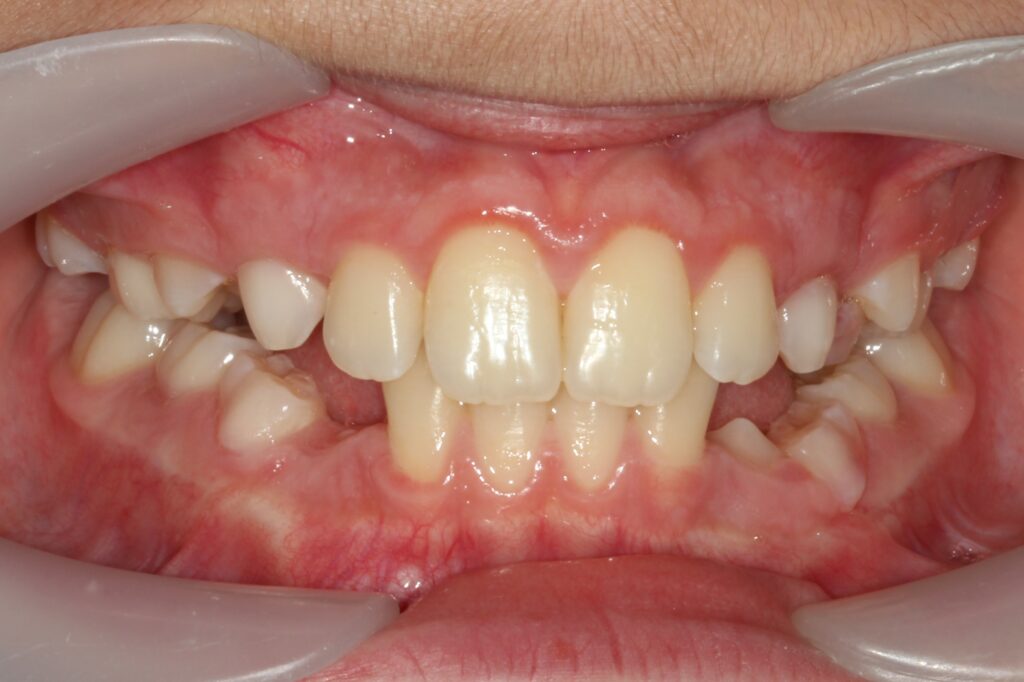
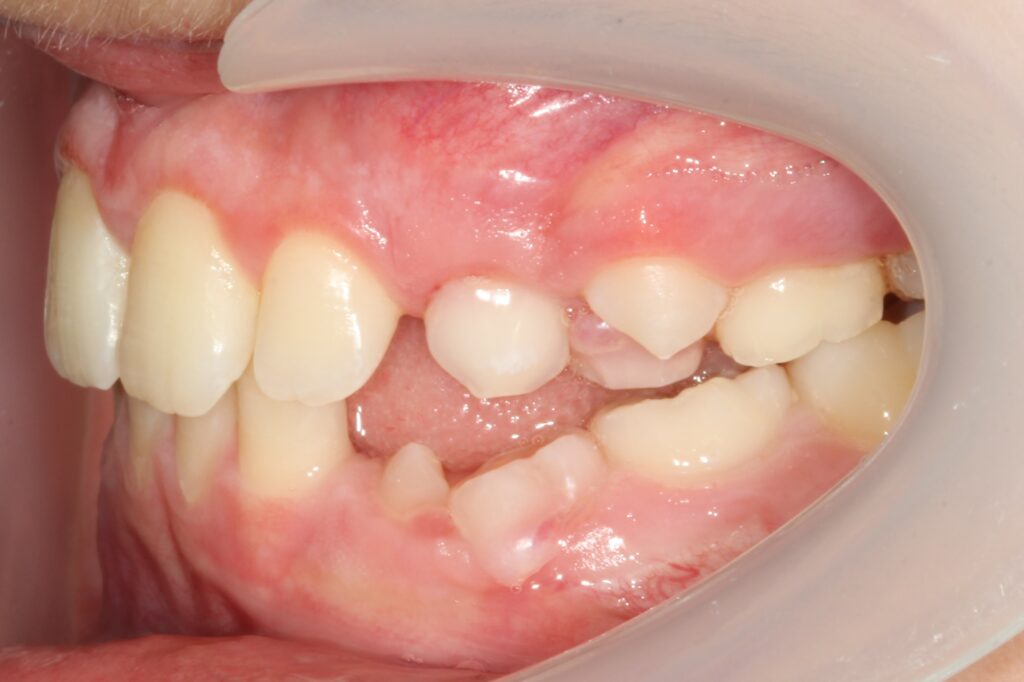
T0 of Inerceptive Treatment
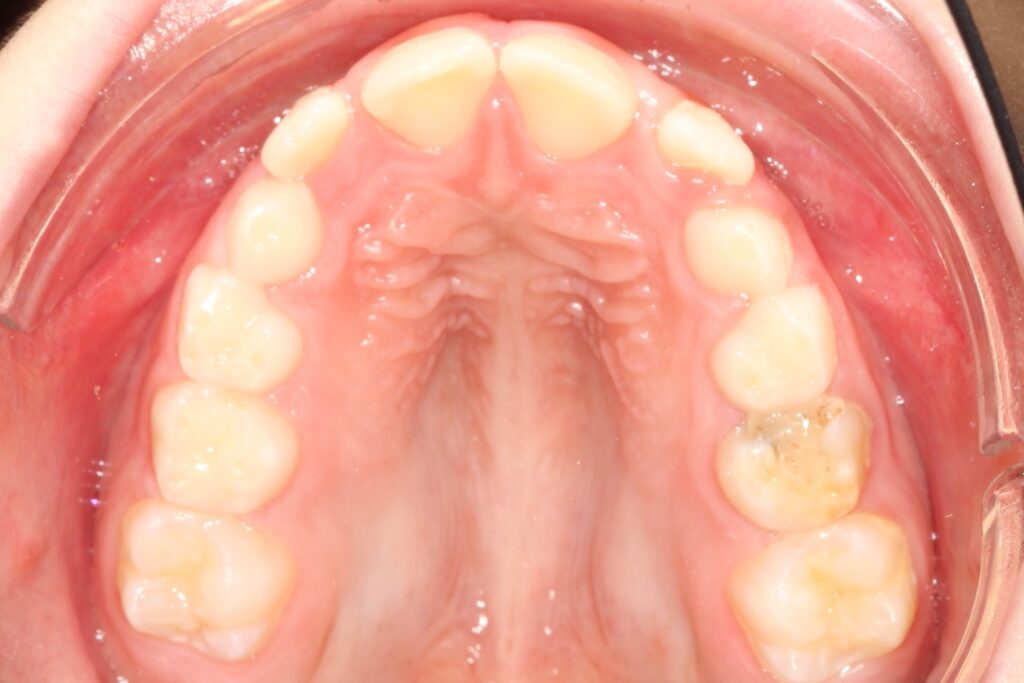
T6 months of Inerceptive Treatment
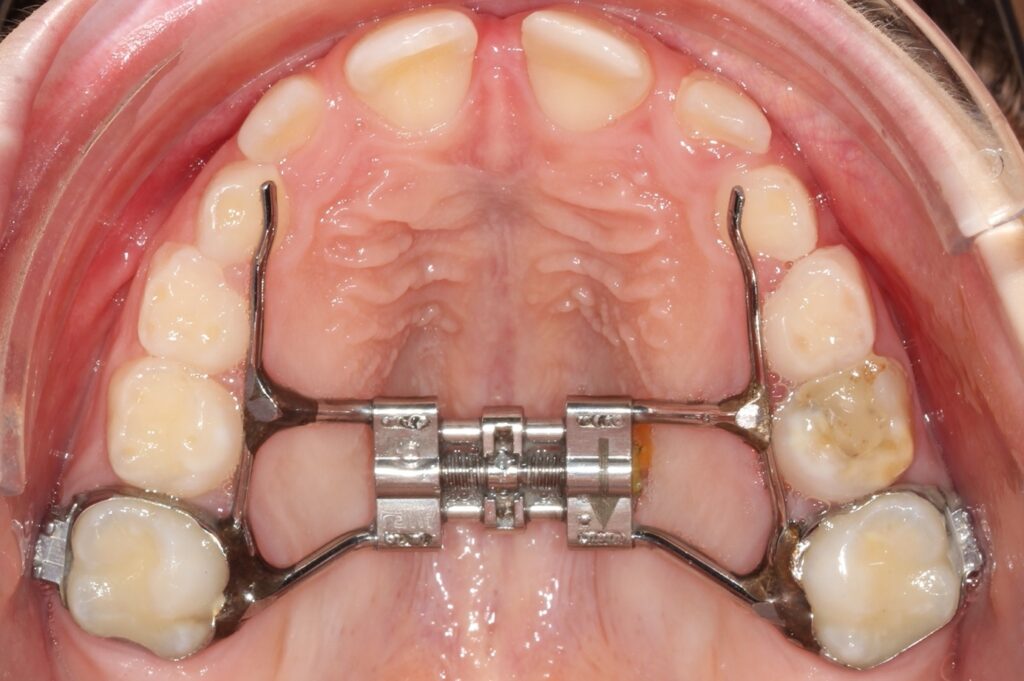
T0 of Inerceptive Treatment
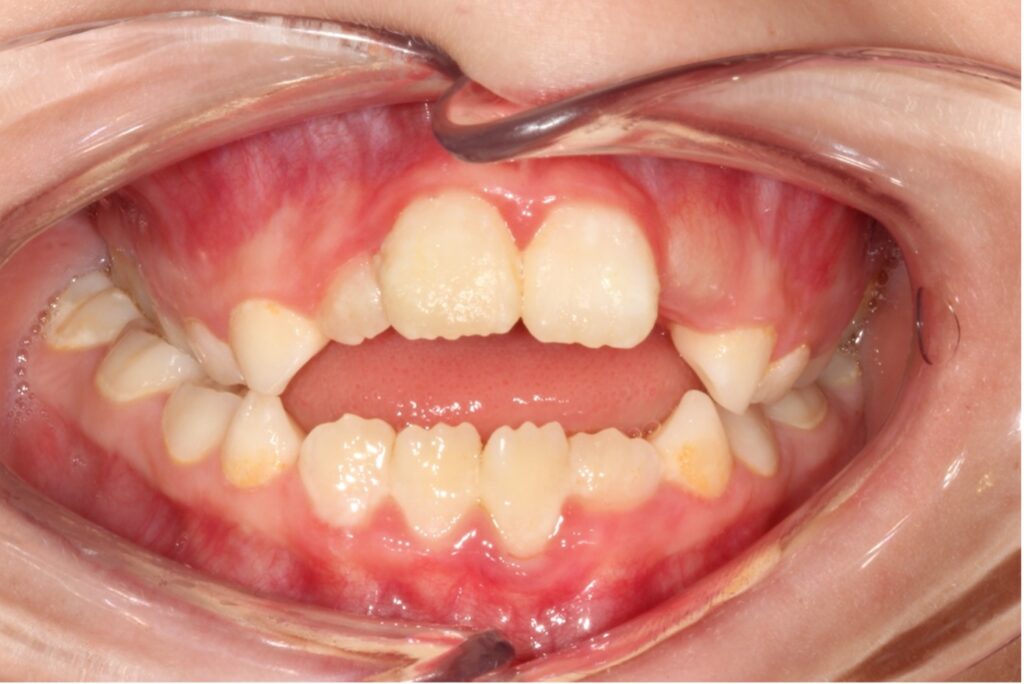
T8 months of Inerceptive Treatment
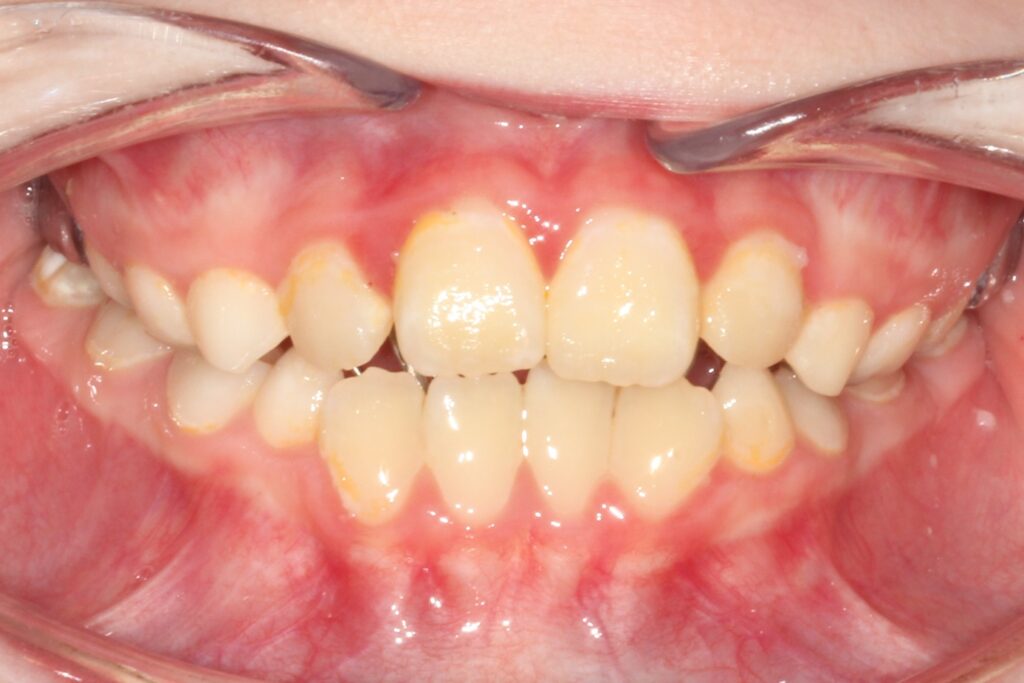
Teenagers
Once all permanent teeth have erupted, early puberty is the ideal time to begin orthodontic treatment. This phase allows for the alignment of teeth and correction of the bite, ensuring a beautiful smile and a proper fit between the upper and lower teeth. A well-aligned bite is essential for long-term stability and functional chewing.
Different treatment options are available, and your orthodontist will help you choose the most suitable one based on your specific case and treatment goals.

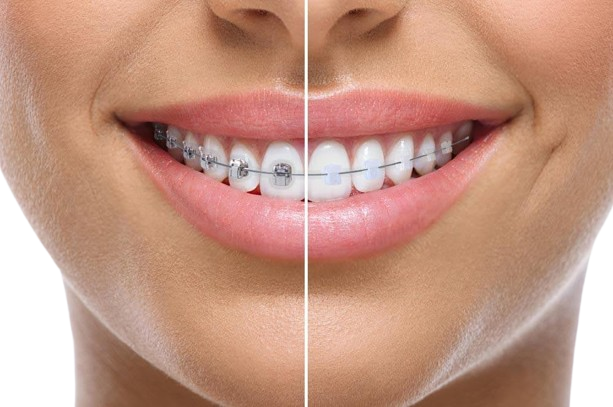
Visible Fixed Braces
Traditional fixed braces consist of brackets attached to the outer (buccal) surface of the teeth and are available in either metal or ceramic for a more discreet look.
- Suitable for all types of dental misalignment
- Check-ups very 6 to 8 weeks
Invisible Fixed Braces
Lingual braces are fixed on the inner (lingual) side of the teeth, making them completely hidden from view.
- The most discreet orthodontic option available
- Fully customized appliance
- Suitable for all types of dental misalignment, including complex cases
- Lower risk of cavities and “white spots” compared to traditional braces, as the tongue and saliva aid in natural cleaning
- Treatment duration is the same as with visible braces
- Check-ups every 6 to 8 weeks
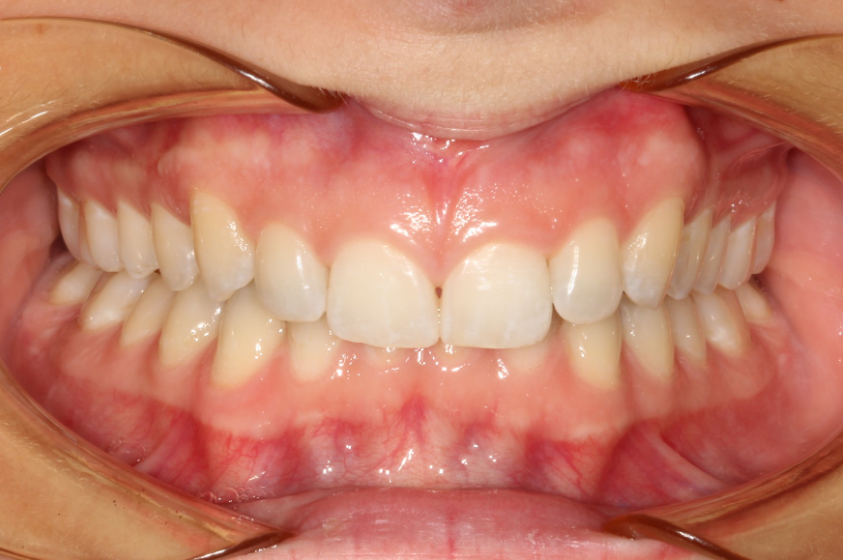

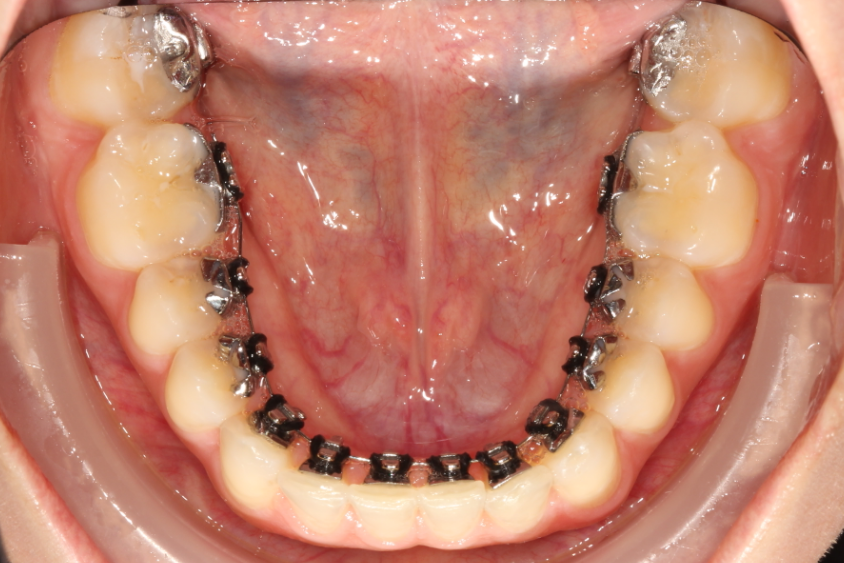
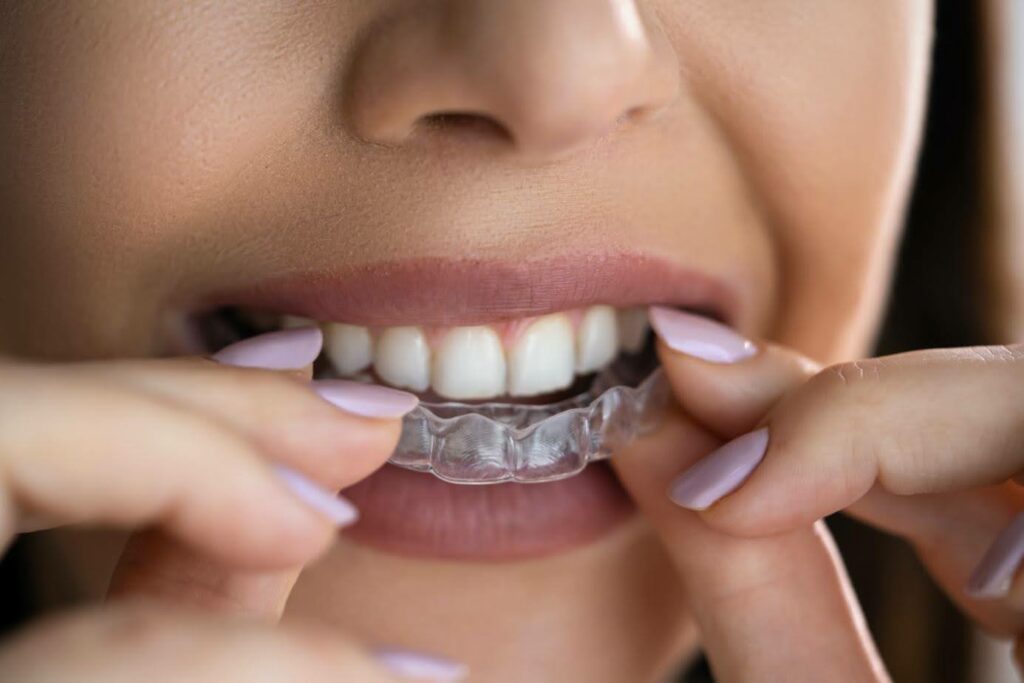
Clear Aligners (e.g Invisalign, Spark)
Clear aligners are transparent trays worn over the teeth to gradually shift them into alignment. They must be worn 22h per day, except during meals and tooth brushing.
- Discreet appliance
- Fully customized for each patient
- Easier to maintain oral hygiene during treatment
- Aligners are changed every 7 to 14 days, depending on the orthodontist’s prescription
- Check-ups every 6 to 8 weeks
- Not suitable for complex bite issues or severe tooth rotations
Important! To qualify for social security (CNS, CMFEP…) coverage, orthodontic treatment must begin before the age of 17.

Adult Patients
Orthodontic treatments for adults are becoming increasingly common. While aesthetic and social factors are often the primary motivations, orthodontics also provide significant medical benefits.
A properly aligned bite can improve oral hygiene, prevent traumatic dental contacts that lead to premature tooth wear, gum recession, and even temporomandibular joint (TMJ) pain. Additionally, an orthodontist can work in collaboration with a dentist to prepare spaces for prosthetic replacements in cases of missing teeth.
Adult orthodontic treatments are often multidisciplinary, involving close collaboration between orthodontist, general dentist, and other dental specialists.
Temorary Anchorage Devices (TADS)
In certain orthodontic treatments, temporary anchorage devices (TADs) are used to facilitate planned tooth movements.
TADs are mini-screws or mini-implants that are temporarily placed into the jawbone (maxilla or mandible) under local anesthesia. They serve as stable, non-movable anchor points, allowing specific teeth to move without causing undesired effects on adjacent teeth.
Once the required movement is achieved, the TADs are removed under local anesthesia, and the bone heals within approximately 6 weeks.
TADs have significantly expanded treatment possibilities in modern orthodontics. Their introduction has revolutionized the field by replacing extraoral anchorage devices like the traditional headgear, which, although effective, relies heavily on patient compliance and is typically worn only at night.
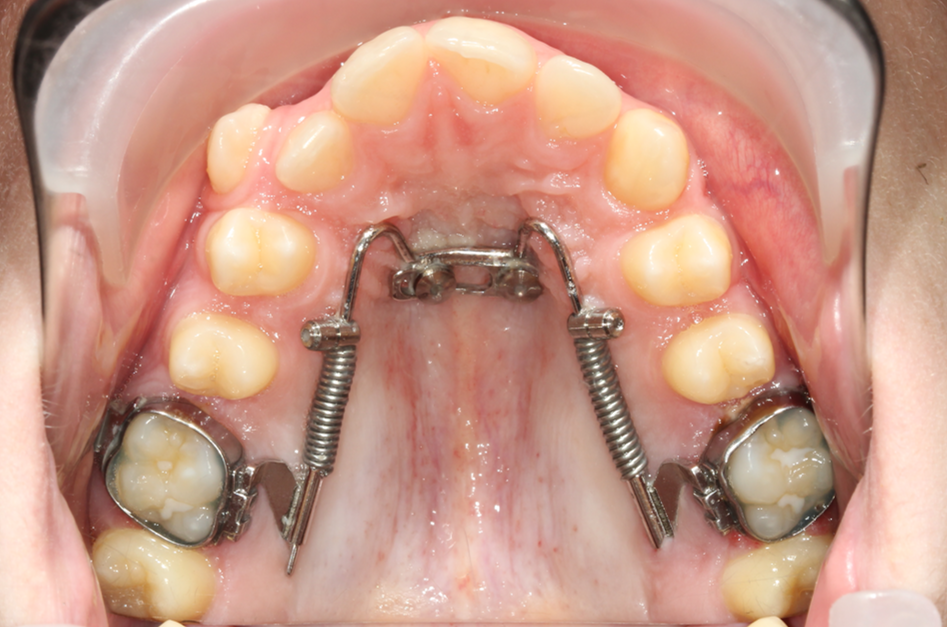

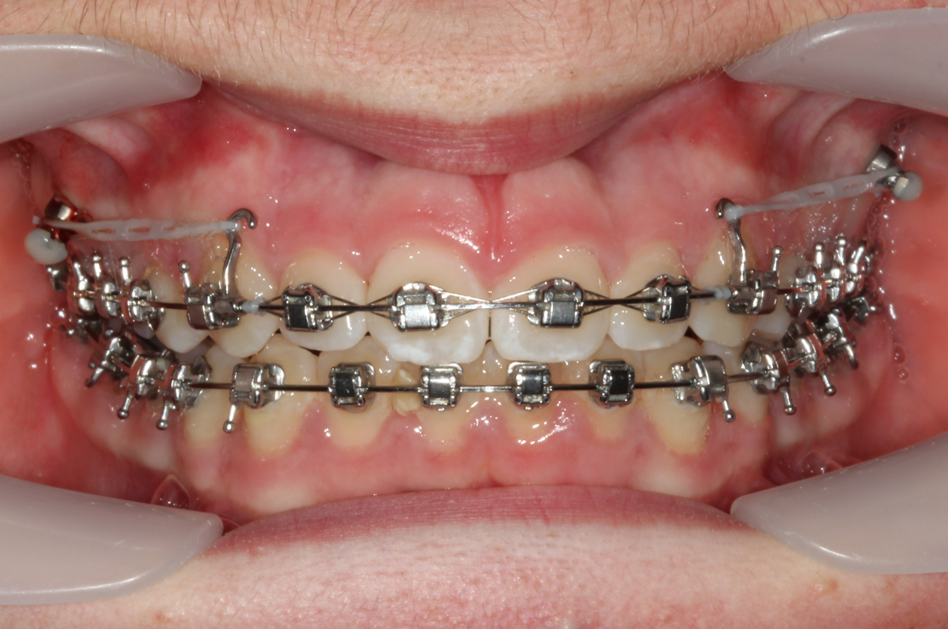
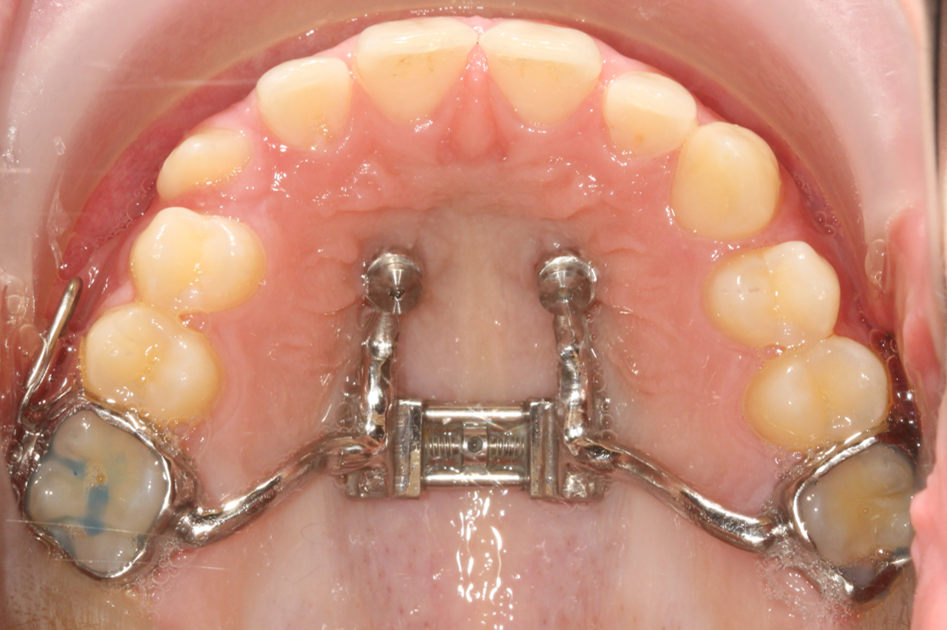
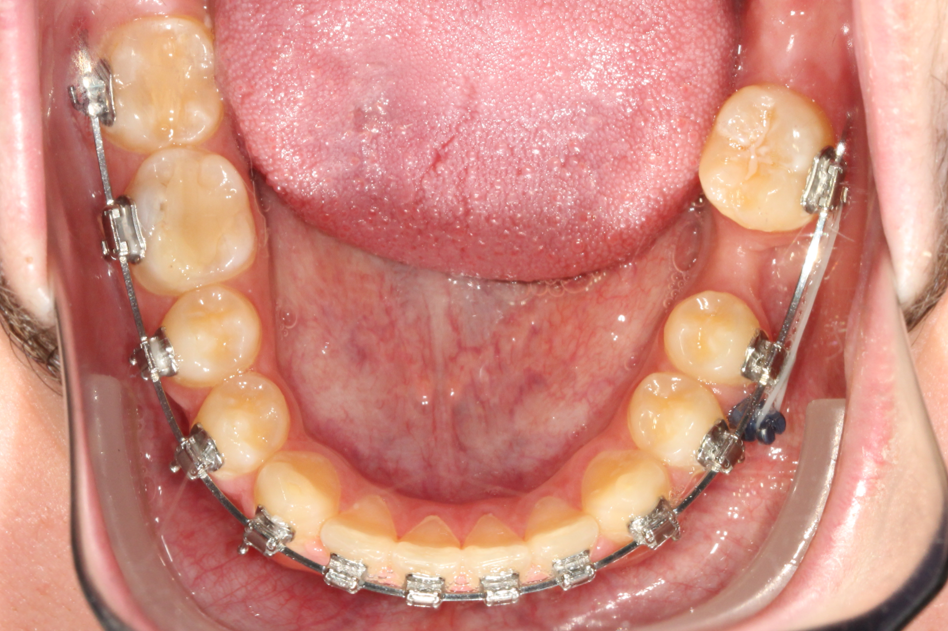

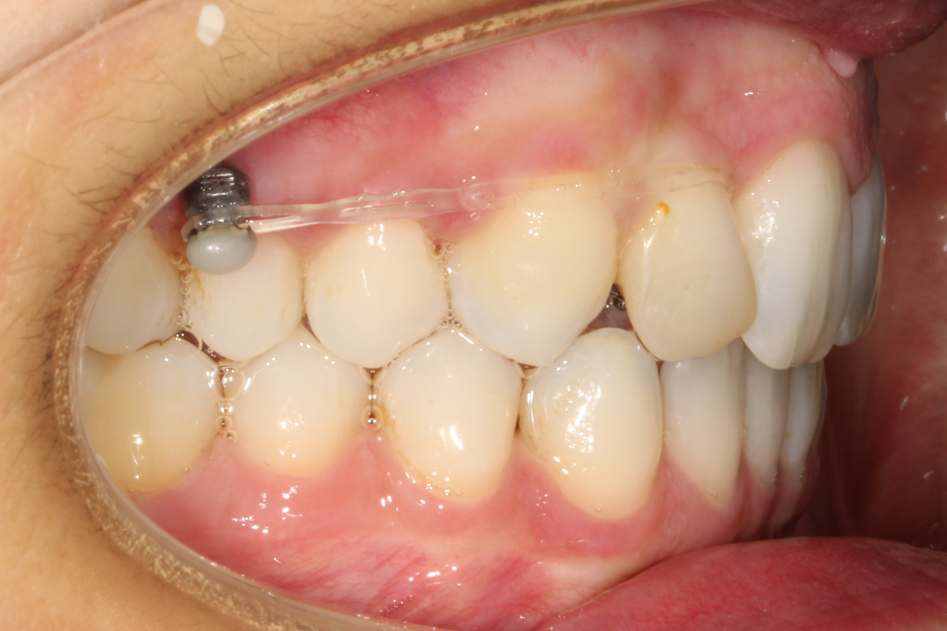
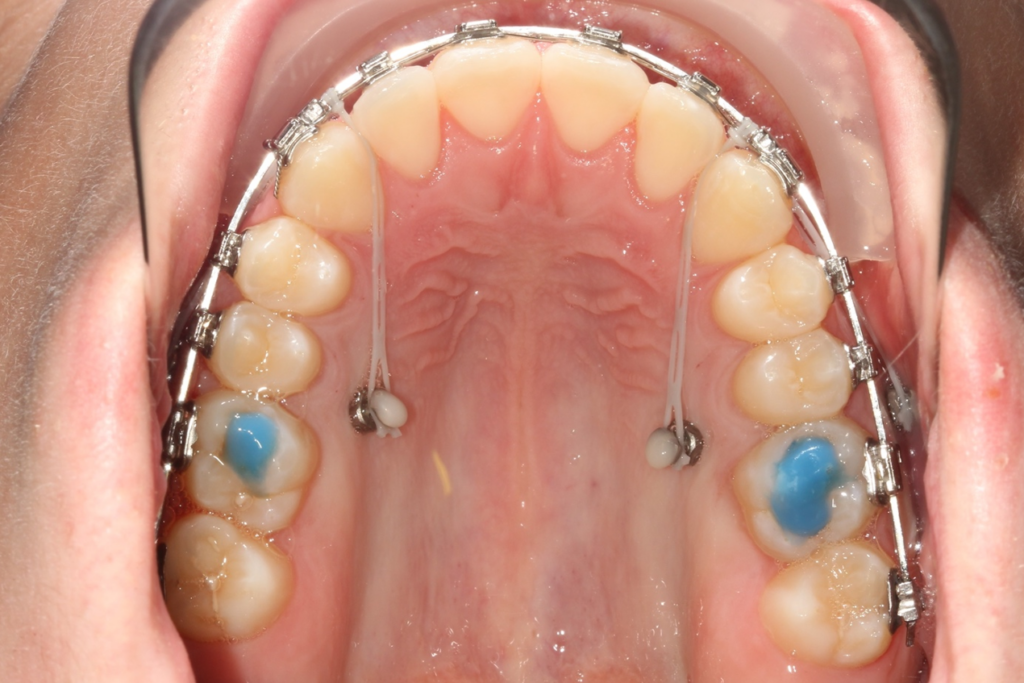
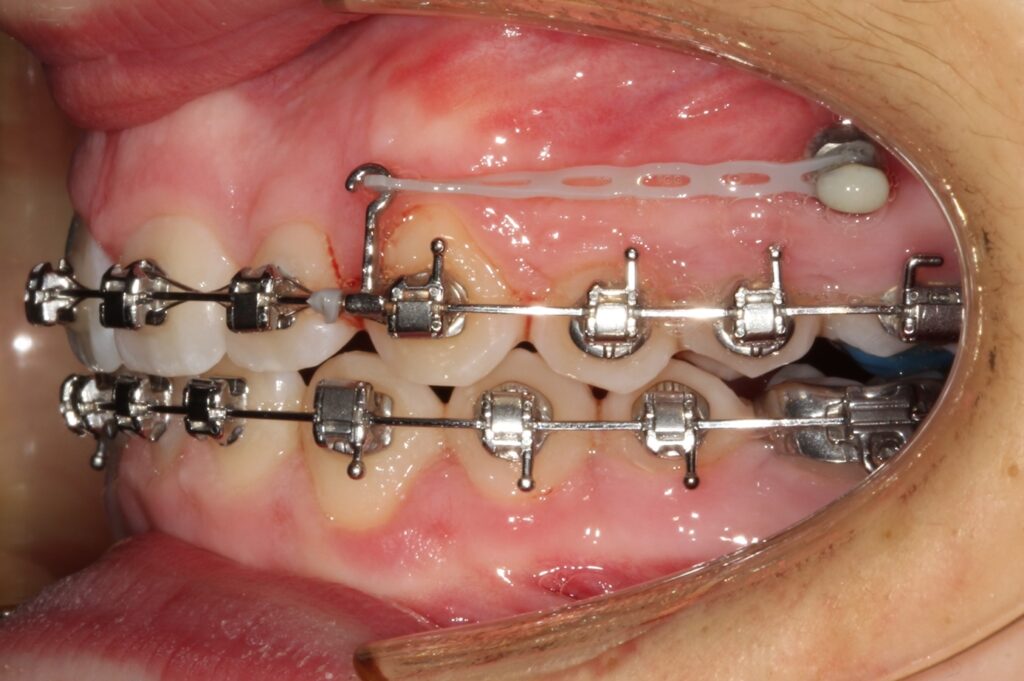
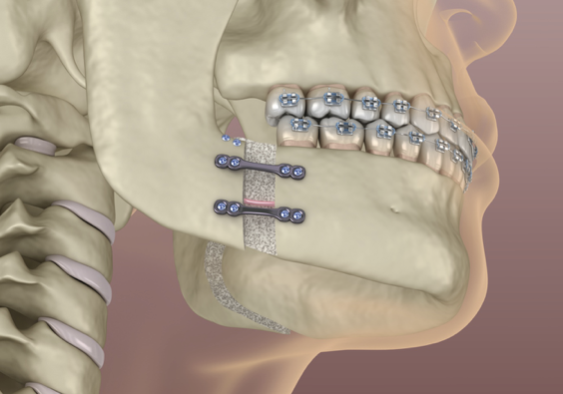
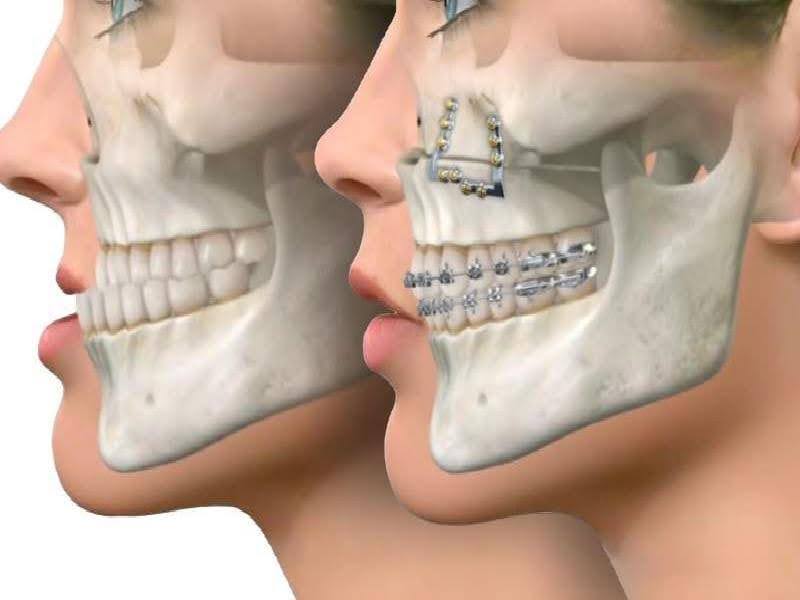
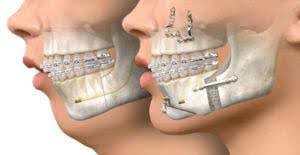
Source: Jaw Surgery Los Angeles
Orthognathic surgery
In adult patients or adolescents who have completed their growth, a severe misalignment of the upper and lower jaw (dysgnathia) may make it impossible to correct a malocclusion using only orthodontic tooth movements. In such cases, a combined approach involving orthodontic treatment and orthognathic surgery (osteotomy, jaw surgery to correct jaw positioning) may be necessary.
A preoperative orthodontic phase is typically required to ensure a precise fitting between the upper and lower teeth after surgery. This preparatory phase generally lasts 12 to 18 months. Throughout this ortho-surgical treatment, the orthodontist and the maxillofacial surgeon work in close collaboration.
After the surgery, which is performed under general anesthesia, the patient stays in the hospital for 1 to 3 nights. Significant swelling occurs for 14 days, with most of it subsiding after 3 weeks, while residual swelling continues to diminish over the next 3 to 6 months. The results become fully visible between 6 to 12 months.
The diet must be liquid during the first postoperative and soft for the following 5 weeks. After surgery, orthodontic treatment continues for 6 to 8 months to fine-tune the bite. The total duration of an ortho-surgical treatment plan is typically between 2 and 2,5 years.
Orthognathic surgery is not purely an aesthetic procedure. Its primary goal is to restore proper chewing function (mastication) and normalize oro-facial functions, such as nasal breathing and tongue positioning, which can significantly impact sleep quality. However, this surgery also has a major aesthetic impact, as it helps harmonize facial proportions and enhances overall facial appearance.
In case of an emergency :
In case of an emergency, please send an email to contact@drgales-orthodontie.lu
Dr. Gales will respond as soon as possible.
For emergencies during weekends or public holidays, an on-call service is organized by the “Association des Médecins et Médecins-dentistes”. Please call 112.
